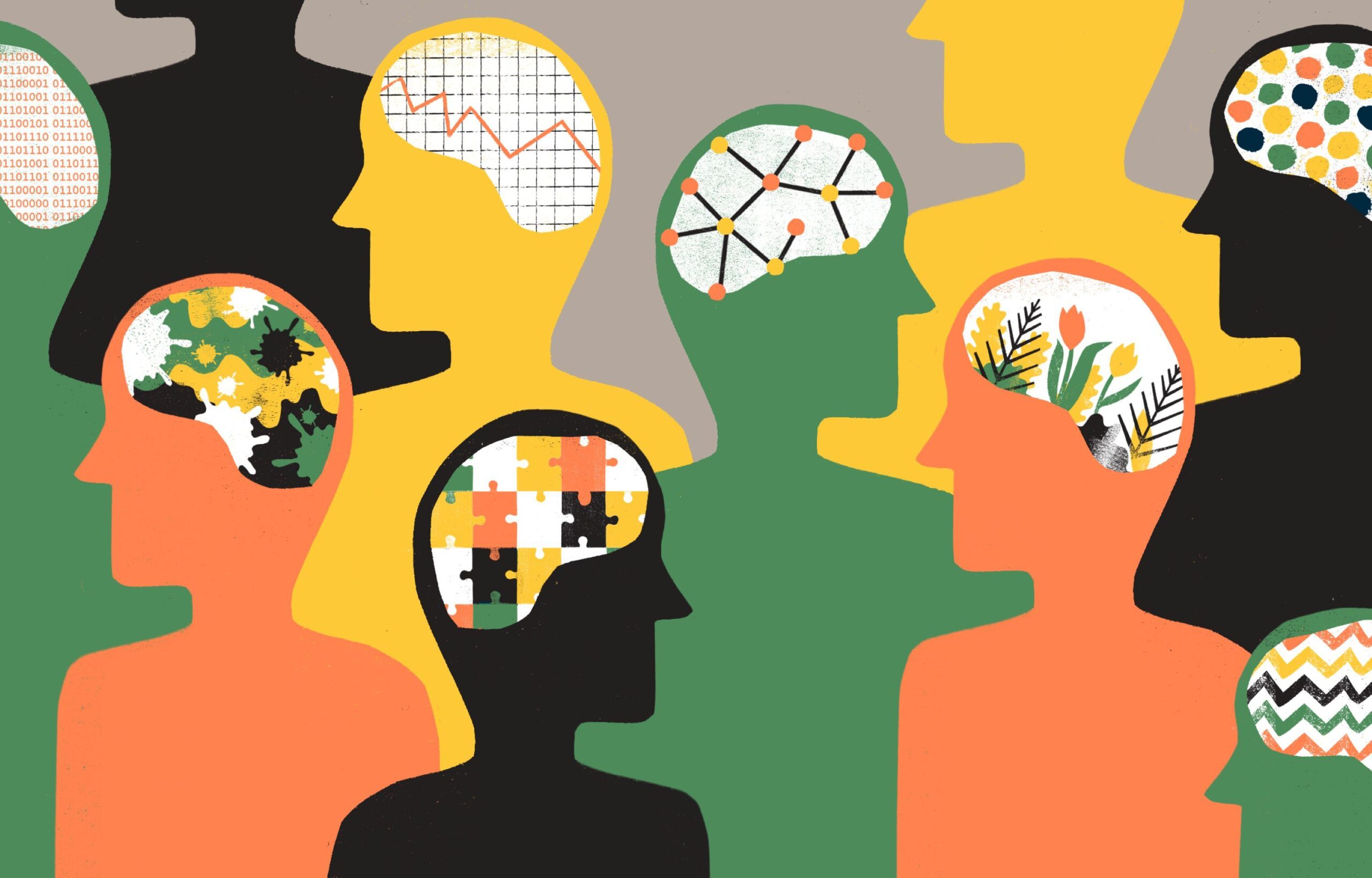New research from the University of Cambridge suggests that autism should not be understood as a homogeneous condition with a single cause. Scientists found that people diagnosed in early childhood often have a different genetic profile than those diagnosed later in life, broadening the understanding of how the condition develops.
The study analyzed the behavior of autistic people during childhood and adolescence in the United Kingdom and Australia. It also evaluated genetic data of more than 45,000 patients with the condition from diverse cohorts in Europe and the United States.
By linking genetic information to age at diagnosis, the researchers observed that the profiles of those identified early with the condition differed from those who received confirmation at later stages. They found only a slight overlap between the two groups, indicating that the biological mechanisms associated with autism in childhood may be different from those linked to autism identified in adolescence or adulthood.
The analysis, published last week in the journal Nature, showed that children diagnosed before the age of six were more likely to have behavioral difficulties—such as problems with social interaction—from an early age. In contrast, those diagnosed after the age of 10 were more likely to experience social and behavioral difficulties during adolescence. They also had a greater predisposition to mental health conditions, such as depression.
The study adds that the average genetic profile of those diagnosed later was closer to that of ADHD and conditions such as post-traumatic stress disorder than to that of “classic” autism identified in early childhood.
The study concludes that the timing of diagnosis is not entirely random, but reflects underlying genetic differences that, in some cases, coincide with risk for other conditions.
“For the first time, we have found that earlier and later diagnosed autism have different underlying biological and developmental profiles,” said Varun Warrier, a researcher in the Department of Psychiatry at the University of Cambridge and lead author of the paper, in a press statement. “The term ‘autism’ likely describes multiple conditions.”
The researchers stress that their intention is not to create new subtypes of autism, but to understand the different developmental processes of the condition in order to improve therapies. “Some of the genetic influences predispose people to show autism traits from a very young age that may be more easily identified, leading to an earlier diagnosis,” Warrier says. “For others, genetic influences may alter which autism features emerge and when. Some of these children may have features that are not picked up by parents or caregivers until they cause significant distress in late childhood or adolescence.”
While acknowledging their work’s limitations, such as the sample size and reliance on caregiver reports rather than clinical assessments, the authors contend that the study expands understanding of how autism characteristics emerge at different stages and their relationship to genetic profiles. This information could improve diagnostic mechanisms and therapeutic strategies.
“An important next step will be to understand the complex interaction between genetics and social factors that lead to poorer mental health outcomes among later-diagnosed autistic individuals,” says Warrier.
Uta Frith, an emeritus professor of cognitive development at University College London, who was not involved in the study, said that the great contribution of the research is to demonstrate that autism is not a single condition. “It is time to realize that ‘autism’ has become a ragbag of different conditions,” she said in a statement to the Science Media Centre. “If there is talk about an ‘autism epidemic,’ a ‘cause of autism,’ or a ‘treatment for autism,’ the immediate question must be, which kind of autism?”
This story originally appeared on WIRED en Español and has been translated from Spanish.




